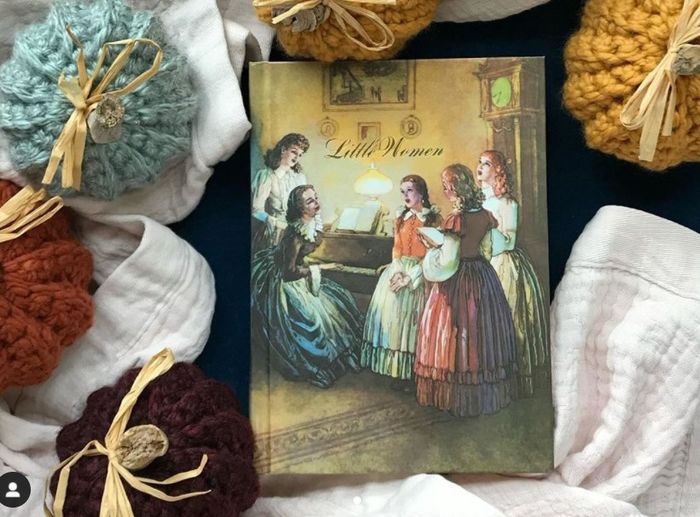Spitting Image review — the Changing Face of Political Satire
Whether Spitting Image’s return to the small screen can keep up with the wildly shifting face of satire in the social-media age is still up for debate, writes Rohan Sharma.
When the new season of Spitting Image was announced, it was met with a collective wave of excitement and a nostalgic glee that spanned a surprisingly broad range of political positions and audiences. Was this to be the uniting moment many have felt Britain needs in the midst of such great political polarization?
Fast forward a few months and it seems unlikely. There have been undeniably positive responses to the show; it received 4-star reviews from both The Times and the Guardian. However, equally undeniable has been the steady stream of highly critical responses, many disregarding the show as a shadow of its former self. Nor can these be simply passed off as the disgruntled words of a single side in some British culture war: reviewers from the Independent, Guardian, Mail, Sun, and the Telegraph have all voiced disappointment at the show’s contemporary return.
Should the critics matter? The original (created by Peter Fluck, Roger Law, and Martin Lambie-Nairn), after all, was an unapologetic celebration of the sordid, a shocking and brilliant cultural juggernaut which revelled as much in juvenile slapstick and toilet humour as it did in razor-sharp satirical dissection; first broadcast in February 1984, the pilot featured farcical vignettes such as Ronald Reagan chasing his own brain around a room, and so the tone was set.
“The personalities we now see in the media are beyond this sort of exaggeration due to their innate absurdity”.
Sex, gore, and the grossly profane reigned supreme — one scene depicted Neil Kinnock ripping out Margaret Thatcher’s pubes with pliers, in another Thatcher was portrayed as a sheepdog, licking the arse of a demanding Reagan. If complaints were made, they were simply shrugged off or even welcomed by the writers, seen as a sign that their provocative content was having its intended effect.
This time, however, the rebukes seem less an expression of disgust at the obscene nature of the show’s content, and more one of underwhelmed apathy. One reviewer called it a sign of ‘how toothless British satire has become’, while another argued ‘making government ministers look grotesque is not the radical satire the creators seem to think it is’. So why hasn’t Spitting Image’s abrasive silliness translated so successfully to the modern era?
Some argue it simply feels antiquated. Spitting Image may be classified as the kind of satire that sensationalises current events, an area of political humour also occupied by The Day Today and Brass Eye. These shows aim to directly magnify those they satirise to the point of ridicule; for example Spitting Image’s decision to portray John Major as permanently grey, reflecting his forgettable personality, or the ludicrously extravagant graphics dotted throughout The Day Today.
In the current era, these sort of shows seem to have fallen somewhat out of fashion (with the exception of maybe South Park). The argument often given is that the personalities we now see in the media are beyond this sort of exaggeration due to their innate absurdity.
Social media means we are exposed to those usually mocked on an almost constant basis; resultantly, very little is left to the imagination, as we can document the intricacies of their lives, their highs, and, more relevantly, their lows in real-time. Armando Iannucci, co-creator of The Day Today and one of Britain’s most iconic satirists, has himself said multiple times he feels it would be difficult to recreate the news spoof in the current era; to ridicule that which is already so ridiculous is an unenviable task.
“It feels a far cry from the chaos of Fluck, Law, and Lambie-Nairn’s original vision”.
One way recent shows have tried to do this is through satire that is more ‘reactive’. That is, comedy which openly acknowledges the incredulity of the circumstances we find ourselves in, and acts almost as a ‘voice of reason’ against this.
This style is most pervasive in America with the Daily Show, Last Week Tonight with John Oliver, and much of late-night television assuming the role of the bewildered do-gooder questing for clarity in a world of confusion, although it is also seen with British comedians such as Michael Spicer or Jonathan Pie. Often the message is direct, with the aim of educating almost as much as amusing. It feels a far cry from the chaos of Fluck, Law, and Lambie-Nairn’s original vision.
But then again, it is still early days for the revival, so this could be presumptuous. Besides, it seems to have amassed a steady viewership, with over 120,000 subscribers on their youtube channel and a second season already announced.
The writing certainly leaves something to be desired. However, the original suffered similar problems early on, with Law admitting that ‘the first series was awful, the only reason we got a second series was that the puppets were such a surprise’. It was only when new writers were brought in and old sketches tossed out that the show gained acclaim. Whether the new Spitting Image can chart a similar path remains to be seen.
 News / Candidates clash over Chancellorship25 April 2025
News / Candidates clash over Chancellorship25 April 2025 News / Cambridge professor paid over $1 million for FBI intel since 199125 April 2025
News / Cambridge professor paid over $1 million for FBI intel since 199125 April 2025 Interviews / Dr Ally Louks on going viral for all the wrong reasons25 April 2025
Interviews / Dr Ally Louks on going viral for all the wrong reasons25 April 2025 Comment / Cambridge students are too opinionated 21 April 2025
Comment / Cambridge students are too opinionated 21 April 2025 News / Zero students expelled for sexual misconduct in 2024 25 April 2025
News / Zero students expelled for sexual misconduct in 2024 25 April 2025






